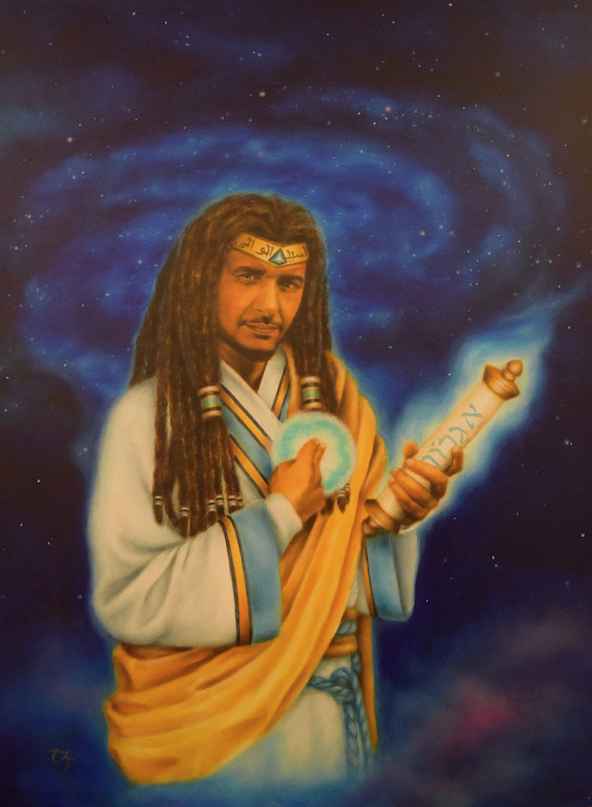The notorious ‘white van’ surfaces on the eve of Sri Lanka’s elections
 “White vanning” is a historic practice of the Sri Lanka government. Political opponents disappear after white vans are seen, the same vans often are used to deposit decapitated bodies generally near the homes of the victims.
“White vanning” is a historic practice of the Sri Lanka government. Political opponents disappear after white vans are seen, the same vans often are used to deposit decapitated bodies generally near the homes of the victims.
Global News Centre
(COLOMBO The Citizen) The nascent rejuvenation of institutions since the change of government was demonstrated in an unexpected manner with the apprehension of a white van.
These vehicles have obtained a notoriety that peaked during the last years of the war with the LTTE. The circumstances under which this particular white van came to light had all the classic features that made the white van an object of fear and intimidation during the previous decade. It had false number plates. It had army personnel in it. It was being driven in a manner that caused the policemen on duty to decide to stop it, and the occupants had behaved in a sufficiently suspicious manner to prompt the police to thereafter search the vehicle. This led them to find a pistol that belonged to none of the occupants of the van.
During the previous decade there were constant reports of the existence of white vans and their possible connection with the security forces of the state, but this was strenuously denied by them as well as by government leaders of that time.
But although there was no official confirmation of their existence, and only repeated denials, the accounts of the white vans and their doings by those who claimed that their family members or colleagues had been taken away in them became a legend. They were much like ghosts that so many are afraid of, but which most have never seen. But we have heard so many stories of ghosts that many of us cannot help but believe they must indeed exist.
This time around, however, seven months into the new good governance programme of the new government the white van was caught beyond doubt. Now we can be sure that it exists, and not only one but possibly a large number of them.
The fact that the policemen on duty felt themselves to be sufficiently empowered to stop a white van, question its occupants and publicise the event is something new. It is a new and welcome development. According to media reports, and police statements following the detention of the vehicle, the army personnel apprehended in it have denied that they were on any underground mission. They have said that they were on a routine journey, and the pistol that was found in it belonged to their commanding officer.
There are also some other interesting facts that have emerged from the investigation into the white van. It appears that it was previously operated by the LTTE and there were over 600 such vehicles that had been taken over by the army in the aftermath of the defeat of the LTTE. But instead of registering these vehicles with the Registrar of Motor Vehicles, they were given numbers of their own.
These revelations suggest that a deep national security interest is at stake. It appears that the police investigation will not go much further, and even if they do it will not reach the public, as national security interests will be said to be at risk. National security interests have been so overwhelming for so long, that no government is likely to put it to second place in the interests of ensuring transparency and accountability.
In these circumstances, the most surprising development is the allegation by members of the former UPFA government that the presence of the white van highlights the danger posed to former President Mahinda Rajapaksa. The members of the former government who make this accusation are those who were most vociferous in denying the existence of white vans during their period of governance.
When families of victims complained about the fate of their loved ones at the hands of the white vans, they were accused of being members of the LTTE or sympathisers who were trying to discredit the government. When journalists were bundled into them and assaulted inside them, they were ridiculed and left to fend for themselves. Human rights activists who took up the cause of the victims of white vans were described as traitors.
It is ironic that now members of the former government during whose period the white vans had their heyday are now claiming that the white van is coming after them. It is believed that this is to generate sympathy for the former president and to show him as a person whose life is under threat. It is also believed that it is an attempt to preserve for the former president his full security in the face of a legal challenge by his political opponents to strip him of the level of security that comes with being a former president, as he is now also a contestant for a seat in parliament. For purposes of elections, a level playing field requires that all contestants are given similar amounts of security. But a case can now be made that a former president who is being stalked by a white van is entitled to more.
However this resort by members of the former government to accuse a section of the armed forces to come after their leader is not likely to impress the voters. On the contrary they will probably see in it a willingness to say anything that will give them a political advantage. This is due to the fact that they are unable to find more positive issues to take on the government. Another issue that the UPFA is trying to capitalise on is the Central Bank bond issue and the controversy around it.
But even on this issue the members of the former government will face an uphill task. The charges of corruption and abuse of power against them are of much more huge and widespread dimensions. Due to the fact that the new government has been in office for less than 7 months, it will be difficult to gloss over their own deficiencies of the past decade by pointing the deficiencies of the new government.
Reports from the ground indicate that the UPFA’s voter base is on the retreat. President Maithripala Sirisena’s speech to the nation in which he made plain his opposition to former president Rajapaksa’s nomination has caused re-thinking amongst its voter base. It has also made party activists discouraged as they are aware of the groundswell of popular expectations regarding anti-corruption and good governance. The former president and his supporters have been trying to bring back the issue of nationalism, their victory over the LTTE and future threats to the unity of the country to the forefront. But the contradictions of holding to this position six years after the end of the war have become manifest with the recent white van episode and the approach taken by senior members of the UPFA to it. The UPFA requires a positive election campaign rather than a negative one.
The forthcoming general election is a pivotal one for Sri Lanka. It is an opportunity to define the path our country will take. This path should be one that all ethnic and religious groups can take together as one people. During the past decade the UPFA specialized in coming out with slogans that claimed we were “one people, one nation.” But the manner in which the former government treated the ethnic and religious minorities led them to desert its camp in droves.
The UPFA has still to come out with its election manifesto. Whether they can come up with a manifesto that has a vision in it for a new Sri Lanka, for all of its people, and be able to motivate the voters to believe in it, is a challenge they need to measure up to if the people are to deem them worthy of forming the next government.



















 London
London
 Oregon
Oregon





Leave a Reply
You must be logged in to post a comment.